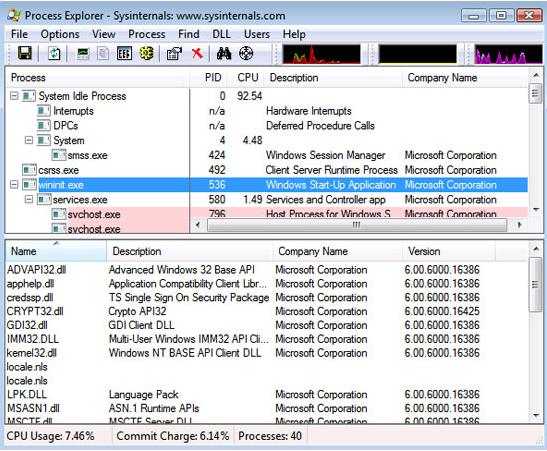Have you noticed that when installing absolutely all Windows operating systems or some programs in file managers, including the standard Explorer, you can often find objects of an unfamiliar format in the form of DLL files. What are these files and what is their purpose, ordinary users with an initial level of training are very vague (if not to say that they do not know at all). Unfortunately, it is unlikely that it will be possible to describe all the basic principles of their work and use in a scientific way (and this is not necessary), so we will try to consider all these issues in a simple and understandable language.
DLL files: what is it generally understood?
The DLL extension is derived from the full name of the format type - Dynamic Link Library. Therefore, such objects in Russian are usually called dynamic libraries. They are accompanying components of almost all known applications designed to work in the Windows environment, but can be integrated into the system independently, which allows them to be classified as programs, but only working at the expense of other applications.
Actually, you can find a lot of such objects in the Windows systems themselves.
How do dynamic libraries work?
Many users often get confused with the operating principles of dynamic libraries. In the general case, you need to clearly understand that the structure of such objects implies the presence of program executable code in them, which is processed in much the same way as EXE files. The difference is that code is executed in DLLs only when they are placed in RAM, and without the main application that is responsible for using the libraries, it is also impossible to execute code in its program environment. Thus, we can state that dynamic libraries are a kind of appendages to the main programs and shells and can contain much more program information about the most running application, which, so to speak, is just a wrapper to the main contents of the whole set. In order to make sure that this is so, there is no need to go far.

It is enough to call the most common "Task Manager" or use the Procwss Exploirer utility and look at the active processes. Of course, in most cases, it is mainly EXE components that are displayed, but if you delve into the use of RAM, for each process you can find the corresponding additional libraries, just loaded directly into RAM.
Where are DLL files for Windows 7 and similar modifications used?
Now we turn to the practical side of the issue. Let's pay attention to DLL files. What these objects are in terms of binding to programs can be explained with two simple examples. We take as a basis the consideration of both system components and files of third-party software packages.
As mentioned above, DLL files in Windows are used everywhere, and without them most programs, unless they are initially presented in a portable version, do not work. Firstly, some system components of this type can be used either by the operating system itself or by third-party installed applications. Secondly, the corresponding libraries of the application itself without Windows executables may also not work.
That is why when problems arise, say, with the API.dll file, which is necessary for the correct functioning of the STEAM gaming platform, it throws errors. So you have to download the original object from the Internet, but you won’t be able to integrate it into the system by copying it to the desired location (more on this later).
The second example will seem familiar to all computer musicians working with all kinds of plug-ins of the VST format. Tools and effects can be delivered in the form of single library files, but you can’t launch them with a double click, like a regular application!
To use them, you need to connect through the host of a virtual studio or sequencer. It turns out that the music program is the main bridge that allows you to load the DLL file into RAM and execute the program code contained in it.
How to install libraries in a Windows environment?
And a few more words about DLL files. What is it, a little understood, and now look at some of the nuances of integrating them into the operating system environment. If you simply copy such an object (even to the right place), Windows will not automatically recognize it.
To fix problems with the constant output of messages that some DLL file was not found, the library needs to be registered. This is done either through the "Run" console, or through the command line, which should be run exclusively on behalf of the administrator by using the special system tool regsvr32.exe (you can omit the extension when entering the command). The name of the registration tool is written in the command itself, and then the full path to the location of the registered component is indicated. For example, the library file (let's call it 1.dll) is saved on the “C” drive in the Lib directory. The registration command will look like this: regsvr32.exe “c: \ Lib \ 1.dll” (required with quotation marks, as shown in the example).
Resolving problems with the lack of libraries in the system
Finally, the very last. Problems associated with the absence or damage of system dynamic libraries are almost the most common, which is why Windows simply refuses to work. To remedy situations of this kind, you should not search for files on the Internet, and then register yourself.
You can use the unsurpassed utility DLL Suite, which itself will detect damaged or missing objects, download them from the Internet and register without user intervention. Again, we are talking exclusively about the libraries of the operating system itself, and not about the user applications installed in it.